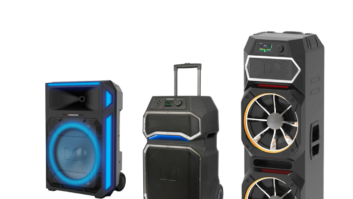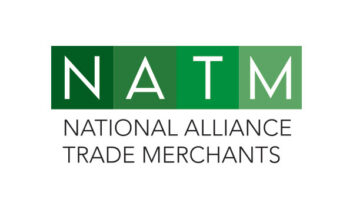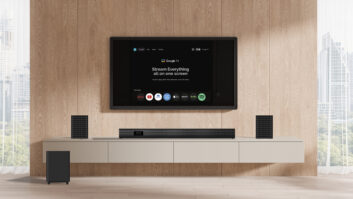
It’s every consumer electronics brand’s nightmare: The next time a consumer searches for a flat-screen TV or headphones, instead of your brand, he or she sees an AmazonBasics version.
There is justification for the fear: Amazon now offers more than 70 such brands, according to Recode.
But the Amazon threat is overrated. In consumer electronics, especially, there’s less reason for brands to fear Amazon if they are smart about neutralizing its threat. Here are a few reasons why:
1. Consumer electronics is already a bifurcated market. Consumers purchasing technology products are typically in one of two frames of mind: Either they’re trying to get something for the lowest price possible or they’re looking for a high-end product from a favorite brand.
For instance, the best-selling TVs on Amazon are from TCL, a Chinese company with a relatively low brand profile even though it is the world’s third-largest TV manufacturer. Consumers loyal to the Samsung and Sony brand, meanwhile, are already willing to pay more and less likely to be swayed by a lower-priced brand.
See: The Top 5 Tech Products Moving The Needle
2. While it’s certainly had its successes, Amazon’s record in hardware is not locked down. Case in point: The Fire Phone. Despite a huge launch and the heft of Amazon’s website, that product flamed out quickly for several reasons, one of which was that Amazon’s hardware has little cachet. The company has had far more hardware success when pioneering a brand-new category, as it did with smart speakers and its Echo.
Watch: Amazon Puts Kibosh On Return Abusers
3. Competition from retailers is nothing new. Despite what you may think about Amazon’s house brands, the idea of a powerful retailer placing their lower-cost goods beside those of a branded competitor is hardly a new concept. Walmart sells Ol’ Roy dog food. CVS puts its house-branded NyQuil competitor right next to NyQuil and encourages shoppers to compare the active ingredients.
But few retailers make due by selling only house brands. (Trader Joe’s is a notable exception.) As a result, marketers have to accept that there will be in-store competition at lower prices. The best way to counter that is to build strong brands.
4. CE brands have new opportunities in the digital age. Mobile and wearable technologies have the opportunity to forge much more personal experiences. Thanks to IoT, even the most mundane piece of hardware can become “smart” and tailored to an individual consumer’s needs. Bragi’s wireless ear buds, for instance, collect data on its users’ vital signs to help users track their workouts. For the first time, brands can create an infrastructure from apps and data to make each device particular to the user.
See: TWICE’s 2018 Top 100 CE Retailers Report
Many companies still struggle to create experiences. Even in an age in which brands are hyper-aware of the need to create great experiences, all too often the customer service consumers receive is sub-par. Websites direct to endless and unhelpful discussion boards, being kept on hold is common and fine-print instruction manuals are still the norm.
The good news is that any brand that tries to improve upon the average has a huge advantage. Think of how Zappos distinguished itself in a saturated category — shoes — by earning a reputation for great customer service.
Rather than bemoaning Amazon’s dominance, tech brands need to acknowledge what Amazon does well — providing a seamless shopping experience — and focus on its weak points, like branding. Brands need to look at Amazon’s growth as an opportunity to up their game and do something that really moves consumers. In other words, instead of focusing on the nightmare, focus on the reality.
Morgan Fosina is industry manager at GlassView, an international Internet video platform.













